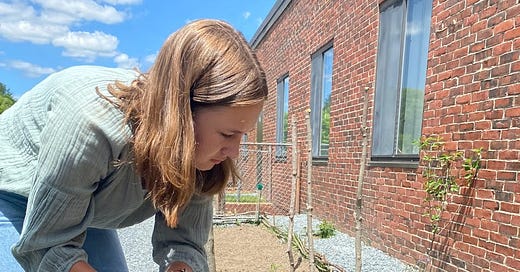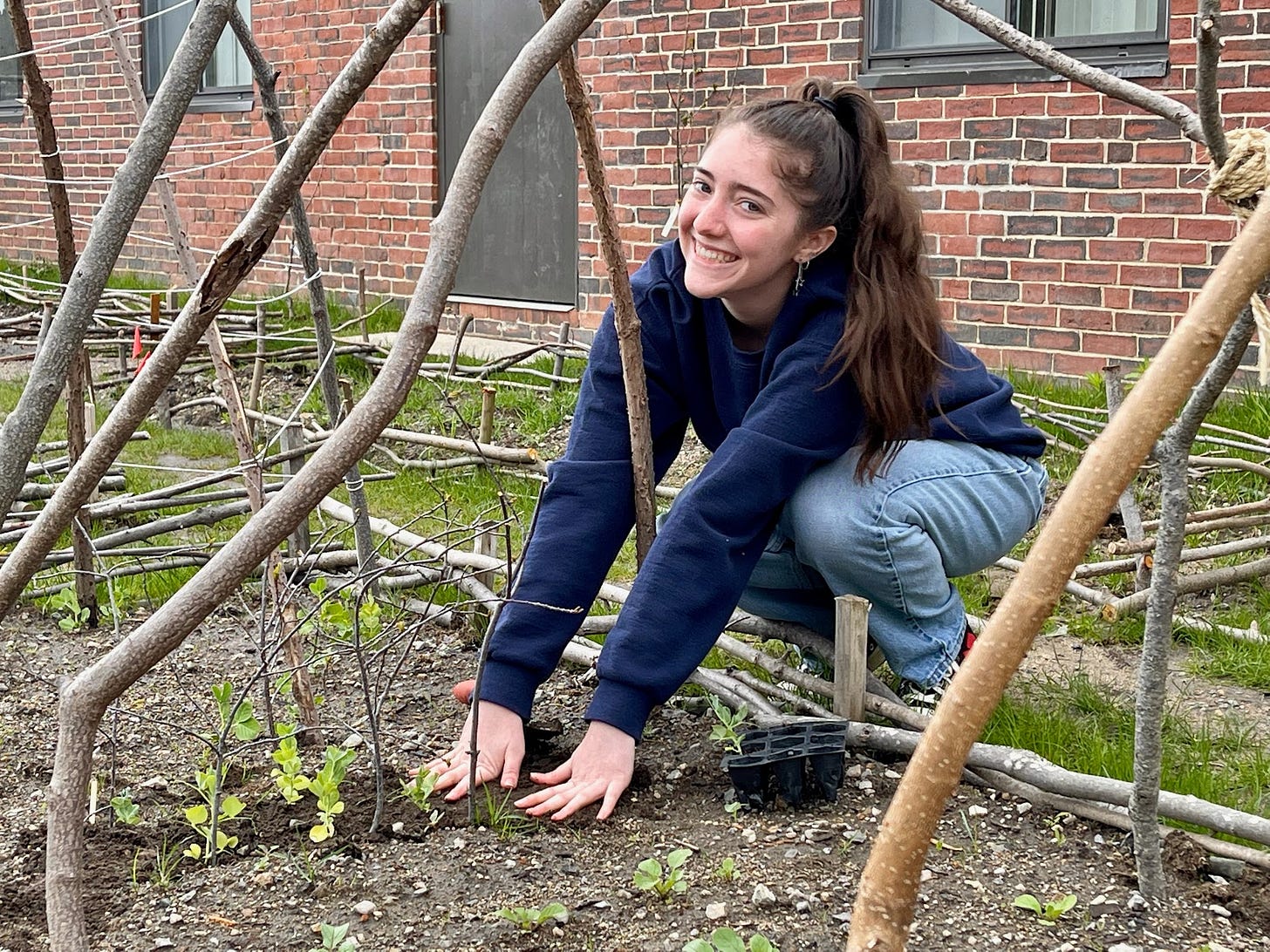Water
We love our lawns so much that we devote about nine billion gallons of water daily to land irrigation—about 320 gallons per family per day.
Americans love their lawns. Indeed, it is hard to form a complete idea of America without the smell of fresh-cut grass or the mown stripes that checker a baseball field in high summer. We love our lawns so much, in fact, that we devote about nine billion gallons of water daily to land irrigation—about 320 gallons per family per day.
That is a lot of water. Faced with the sheer volume that we use, it is a little staggering to realize that the vast majority of it is spent in service of our love of grass, a single plant that has come to characterize almost our entire relationship with the outdoors.
Westerners fell in love with close-shorn grass around the seventeenth century, when wealthy landowners in Britain began to create them by grazing sheep on their estates. Nostalgia has always been a strong factor in the creation of big houses and the management of big properties. And the landed gentry at that time liked to invite their guests into a sort of idyll that recalled Britain’s simpler agrarian past. After all, who wouldn’t want to glance up from their dinner in the great hall to see a cloud of fluffy white sheep drifting its way across the green distance?

The trouble was that these guests didn’t actually want to step in the waste that such herds produced, so estate owners began to fence off the areas closer to their houses and compel servants to cut these sections, a task that was originally done with hand-sharpened sickles at a rate of about an inch per stroke. As time went on, machines replaced the hand tools and so a close-cut lawn came within the financial reach of the middle class.
And because America is the land where each family’s home is a symbol of personal achievement, we have naturally adopted the lawn for its iconic association with those great estates across the water. Yet, as a global ecology, we’re at a crossroads at which we gradually realize that water is not a free and unlimited resource. It can run out. Actually, it already is.
I often see evidence of this dawning realization when I drive to school in the morning. During the warmer months, the local government likes to install an electric orange-and-black road sign on the way into town announcing an “EMERGENCY WATER BAN,” following this message with a somewhat desperate-sounding “PLEASE NO OUTDOOR WATERING.” I must confess that, during this first year of the Classical Roots garden, I have ignored that sign on a daily basis and watered our fledgling veggies with a leaky hose.
But I comfort myself a little with the knowledge that, in the process of digging in those garden beds, the students and I tore up quite a few underground sprinkler lines. So many, actually, that we eventually got the Head of School’s exasperated permission to rip out the nozzles wholesale and have an entire section of the school’s irrigation system permanently turned off. If I die now, I will have done my service to society.
But I would prefer to live on, if only so that I can enact the other half of my plan in the autumn: beginning to push the school very slowly towards water independence. For our modest vegetable garden’s needs, two or three rain barrels should do the trick. At my house, I have come to know and love a particular model that is hilariously called the Rain Catcher 4000, a title that sounds like either a relic of advertising from the 1950s or a very poorly conceived sequel to the movie Blade Runner.
There are, however, many options for rain barrels and all of them share the same features: a wide mouth that you install under a gutter’s downspout and a small hose from which you can pour the collected rainwater into a watering can. Thirty minutes of rain easily fills up my entire fifty-gallon barrel, a supply that can last me in my home garden for more than a week. For the school’s garden, two or three would give us ample water for our needs. The best part? It’s free. It literally falls from the sky and runs into the drains. Catch a little of it, and you can turn it into beauty and deliciousness for no more trouble than it takes to spray some water out of a hose.
For now, I will content myself with a few of these rain barrels around the school. Eventually, though, I will spring my larger schemes on the administration: xeriscaping, native grass plantings, and dry-garden spaces that will take little investment and quickly pay for themselves with the resulting reduction in our water and landscaping bills. I must admit, though, that saving water is only a byproduct of my campaign against lawns: what I really want is to look out my classroom window and see more flowers—perhaps even some sheep.





